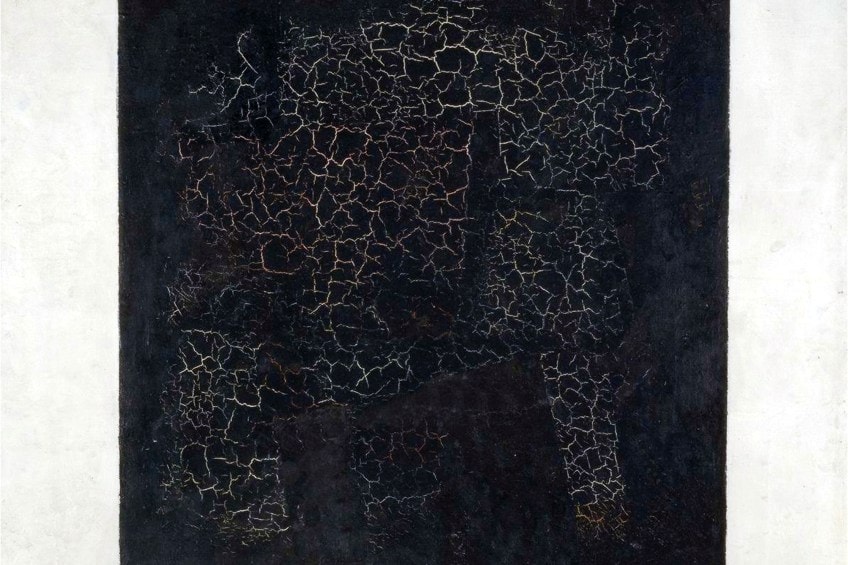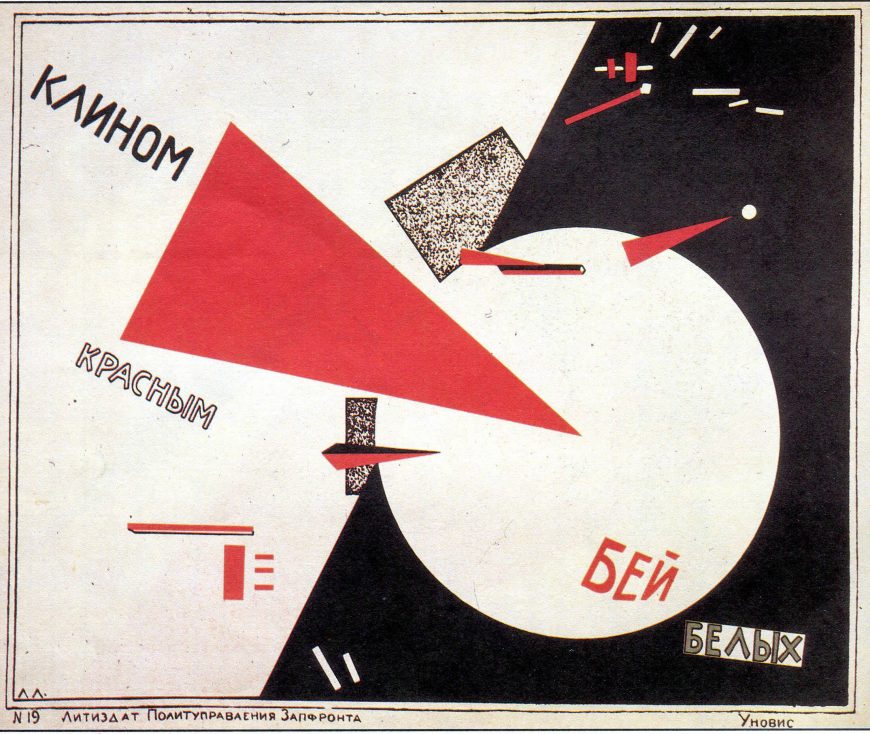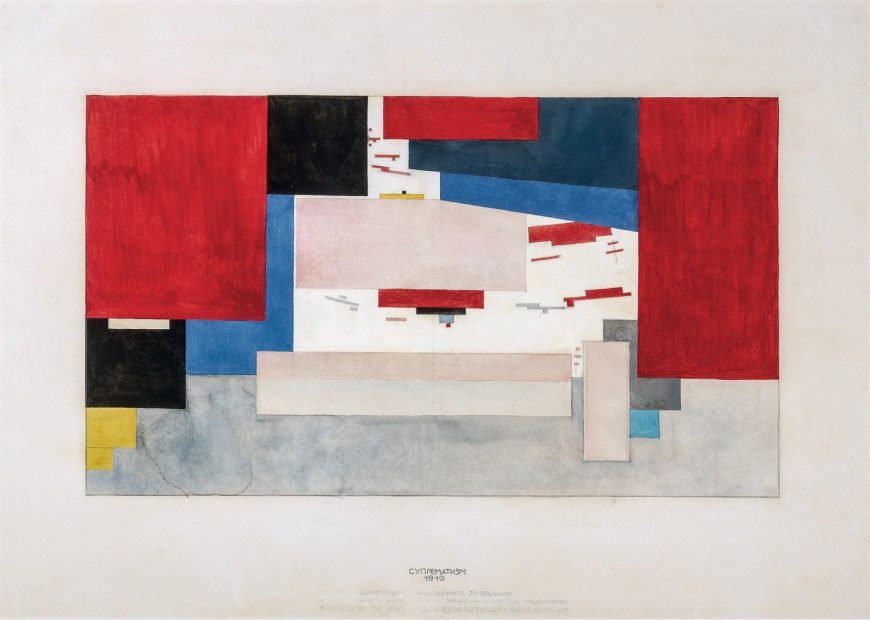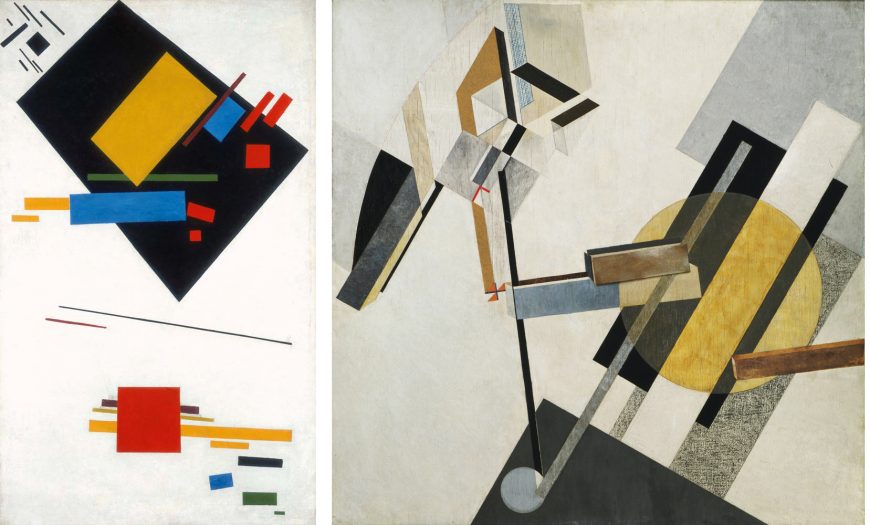Suprematism: The Birth of Pure Abstraction in Art

There was a significant change in the art world at the beginning of the 20th century. The necessity to depict the real world was no longer felt by artists. Rather, they used geometric abstraction to try and capture pure emotion. Kazimir Malevich's Suprematism, a Russian avant-garde art movement that fundamentally altered the course of modern art, was one of the most revolutionary movements to emerge from this cultural era.
What is Suprematism?
The primary focus of the Suprematism art movement is on simple geometric shapes painted in a small number of colors, such as squares, rectangles, lines, and circles. The movement's name, which was first used by Kazimir Malevich in 1915, embodies the notion of the "supremacy of pure artistic feeling" over narrative or visual expression.
The goal of Suprematism was to reduce art to its most basic elements rather than portraying the environment. The search of the infinite through pure form, spirituality, and emotion were all part of it.
The Origins of Suprematism
As the Russian Empire teetered on the brink of revolution, suprematism emerged in Russia amid a period of political and social turmoil. Traditional art forms that felt out of step with a changing world started to be rejected by artists in this volatile environment.
Already impacted by Futurism and Cubism, Kazimir Malevich pushed abstraction to its logical conclusion. From Cubism to Suprematism, his manifesto-style work, was shown in 1915. His new paintings were also included at the historic "0.10" exhibition in Petrograd (now Saint Petersburg).
His most well-known piece was on display at this exhibition:
Black Square (1915)
It was an apparently straightforward painting of a black square on a white background that caused a great deal of controversy. Malevich saw this painting as a symbol of "the zero of form," the moment when art is reborn free from the weight of representation.
Left: Kasimir Malevich, Painterly Masses in Motion, 1915, oil on canvas, 101.5 x 62 cm (Stedelijk Museum, Amsterdam); right: El Lissitzky, Proun 19D, 1920 or 1921, mixed media on plywood, 97.5 x 97.2 cm
Core Philosophy of Suprematism
Suprematism is fundamentally a philosophical and spiritual philosophy. Malevich thought that conveying pure emotion rather than depicting the tangible world was the way of the future for art. The growing desire among artists to reject realism and embrace abstraction was echoed by this idea.
Among Suprematism's fundamental concepts are:
The notion that art should use form to express emotion rather than objects or people is known as non-objectivity.
Pure form and color: Using a small color scheme and basic geometric shapes to evoke strong feelings.
Spiritual transcendence: Like religious icons or meditation symbols, suprematism aimed to achieve a higher level of comprehension.
Notable Works and Their Meanings
Some of the most significant pieces from the Suprematist movement are as follows:

Kanzimir Malevich's Black Square (1915)
The departure from conventional painting was startling. A new reality that emphasizes unadulterated artistic expression is symbolized by the black square.
White on White by Kazimir Malevich
In 1918, Kazimir Malevich's White on White
An almost imperceptible white rectangle set on a white backdrop. It is a manifestation of the highest level of abstraction and spiritual purity.
.jpg)
Suprematist Composition by Kazimir Severinovich Malevich
A vibrant collection of colored shapes floating in space, Suprematist Composition (1916) represents emancipation from the limitations of the material world.
Other Artists Influenced by Suprematism
Malevich was strongly linked to Suprematism, although a number of other painters also experimented with related concepts:

El Lissitzky, Beat the Whites with the Red Wedge, 1919, color lithograph on paper, 51 x 62 cm
El Lissitzky: A follower of Malevich who blended constructivism and suprematism to produce graphical designs and architectural concepts such as "Proun" (Project for the Affirmation of the New).

Popova, Lyubov (1889-1924) - 1916 Birsk Landscape
Ivan Kliun and Lyubov Popova were two more Russian avant-garde artists who applied Suprematist ideas in their own special ways.
Suprematism vs Constructivism
While both movements emerged in Russia around the same time, they diverged philosophically:
| Suprematism | Constructivism |
|---|---|
| Focused on spiritual abstraction | Focused on practical, utilitarian art |
| Emphasized pure feeling | Emphasized function and industrial use |
| Art for art’s sake | Art for social and political purpose |
The Decline and Legacy
The establishment of the Soviet Union in the 1920s caused Suprematism to lose appeal. The Communist government gave Socialist Realism, which emphasized easily comprehensible, state-approved images, top priority. Abstract art was perceived as exclusive and detrimental to the objectives of the new state.
In spite of this, suprematism had a significant influence:
It established the foundation for later abstract movements such as Geometric Abstraction and Minimalism.
particularly through individuals like El Lissitzky, had an impact on graphic art, architecture, and design.
still serves as an inspiration for modern artists that re-examine Malevich's concepts in conceptual, installation, and digital art.

Portrait of a Philosopher (Artist's brother, Pavel Sergeyevich Popov), 1915
Why Suprematism Still Matters
Suprematism encourages us to take a moment to reflect on the value of simplicity and the essence of form in a world that is becoming more and more dense with pictures and information. We are challenged to derive meaning from pure experience rather than representation.
Instead of merely painting a black square, Kazimir Malevich portrayed a revolution. And its echo continues to reverberate more than a century later.

El Lissitzky and Kasimir Malevich, Study for curtains for the meeting room of the Committee to Abolish Unemployment, 1919, gouache, watercolor, graphite and ink on paper, 49 x 62.5 cm
Further Reading and Resources
In his 1915 work "From Cubism to Suprematism," Kazimir Malevich
Kazimir Malevich's The Non-Objective Universe
A Collection of Suprematism by Tate Modern
The Russian avant-garde art archive on the internet at MoMA
Join our classes to enhance & improve your memory skills and let your child unlock the power to retain information from every moment of his/her life!


